Dark and very hard real wood flooring recs?
cinnamonsworld
13 years ago
Featured Answer
Sort by:Oldest
Comments (15)
bob_milos
13 years agolast modified: 9 years agouniquewoodfloors
13 years agolast modified: 9 years agoRelated Professionals
Ashburn Flooring Contractors · Ballwin Flooring Contractors · Cranston Flooring Contractors · Merriam Flooring Contractors · Milford Flooring Contractors · North Hollywood Flooring Contractors · North Tustin Flooring Contractors · Petaluma Flooring Contractors · Randolph Flooring Contractors · Waterbury Flooring Contractors · Fayetteville Tile and Stone Contractors · Chowchilla General Contractors · Forest Hills General Contractors · Rosemead General Contractors · Waimalu General Contractorsjm67
13 years agolast modified: 9 years agocinnamonsworld
13 years agolast modified: 9 years agobob_milos
13 years agolast modified: 9 years agocinnamonsworld
13 years agolast modified: 9 years agouniquewoodfloors
13 years agolast modified: 9 years agolaurarenos7
13 years agolast modified: 9 years agomodernmommy
13 years agolast modified: 9 years agocinnamonsworld
13 years agolast modified: 9 years agoterrypy
13 years agolast modified: 9 years agobob_milos
13 years agolast modified: 9 years agocinnamonsworld
13 years agolast modified: 9 years agocinnamonsworld
13 years agolast modified: 9 years ago
Related Stories
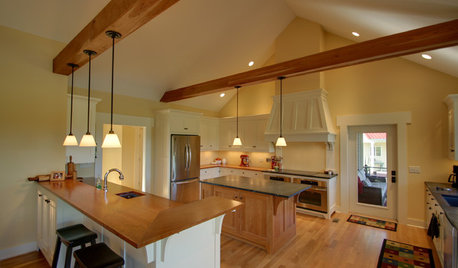

DECORATING GUIDESWhat Goes With Dark Wood Floors?
Avoid a too-heavy look or losing your furniture in a sea of darkness with these ideas for decor pairings
Full Story
PAINTINGKnotty to Nice: Painted Wood Paneling Lightens a Room's Look
Children ran from the scary dark walls in this spare room, but white paint and new flooring put fears and style travesties to rest
Full Story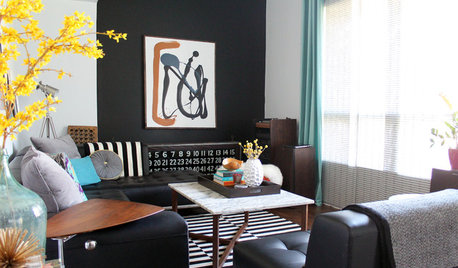
HOUZZ TOURSMy Houzz: Hard Work Pays Off in a DIY Cottage Renovation
First-time homeowners roll up their sleeves and give their midcentury Montreal home an infusion of style and personality
Full Story
FEEL-GOOD HOME12 Very Useful Things I've Learned From Designers
These simple ideas can make life at home more efficient and enjoyable
Full Story
LIFEHard Winter? 9 Ways to Battle Cabin Fever
We know a lot of you are trapped where it just won’t stop snowing. Here are some ways to survive
Full Story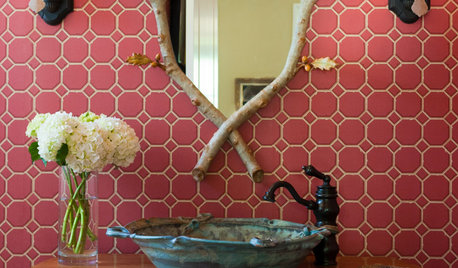
DECORATING GUIDESFaux Bois Gives Homes Real Style
Furnishings and accents that only look like wood create an earthy effect in a wide range of colors and shapes
Full Story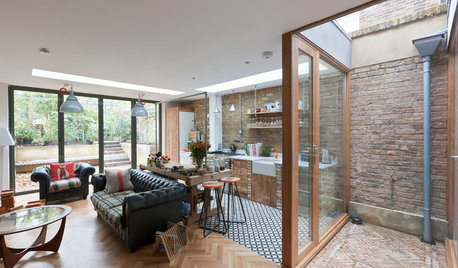
ECLECTIC HOMESHouzz Tour: Light Streams Into a Once-Dark London Flat
This ground-floor apartment’s layout was reconfigured in an innovative and airy transformation
Full Story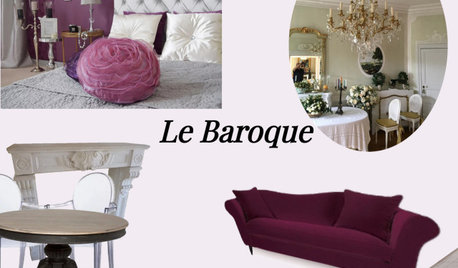
STAIRWAYSClear Staircases — They're a Real Glass Act
If you're flush with funds, you can have a ball with crystal on your stairs. The rest of us can just marvel from afar
Full Story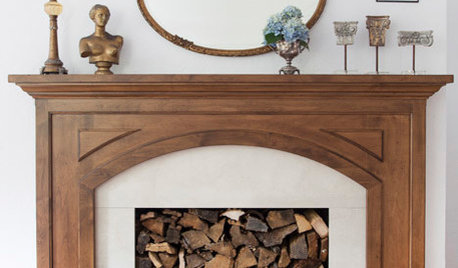
LIVING ROOMS8 Reasons to Nix Your Fireplace (Yes, for Real)
Dare you consider trading that 'coveted' design feature for something you'll actually use? This logic can help
Full StoryMore Discussions







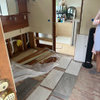
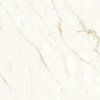
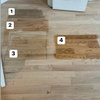
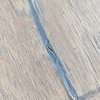
bob_milos